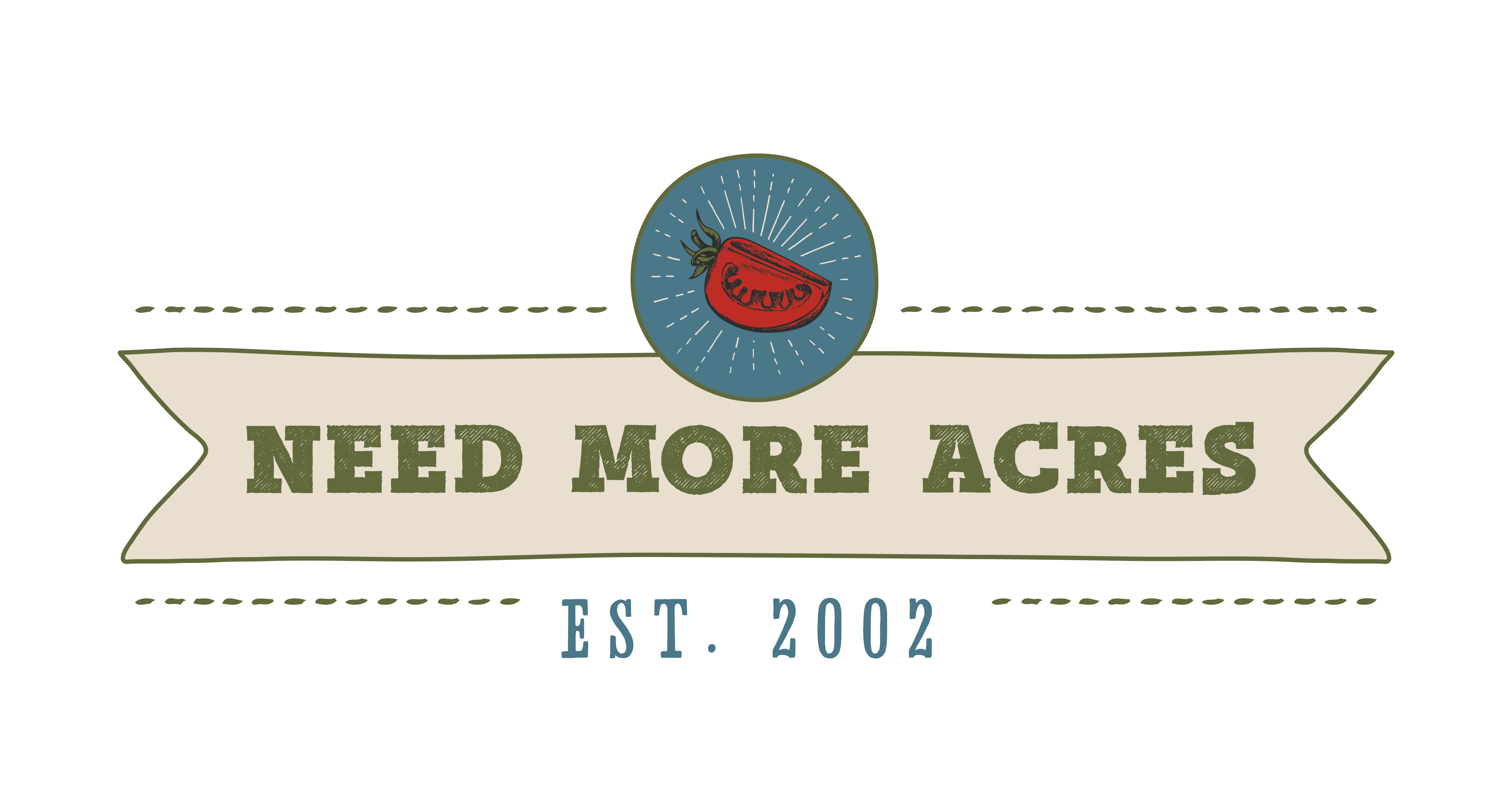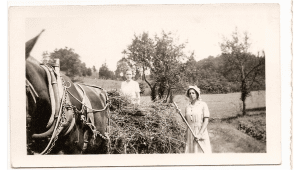
This is a photo of my great-great grandmother Effie Annie Earls. Effie grew up in Metcalfe County Kentucky where she along with the rest of her family grew most of their own food. There was nothing special or glorious about it…it was just part of life. A life where you depended on your family, neighbors and community to meet your basic needs. A lot has changed on Kentucky farms in the past 100 years.
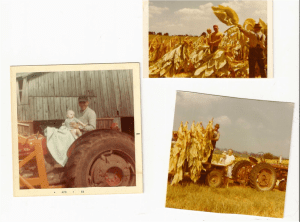
Nathan grew up on a farm in Hart County (one county over from Metcalfe) on what we now call a conventional farm growing crops like corn, soy, wheat and tobacco. He was taught to work hard and depend on the farmers in his community. Like many young people growing up on a farm in Kentucky tobacco paid Nathan’s way off the farm and into college so he could pursue a career. We met at Western Kentucky University pursuing degrees in agriculture.
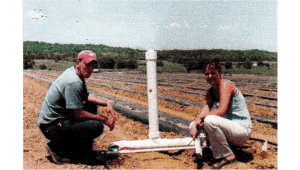
This photo was taken on our first “date” touring irrigation systems on fruit and vegetable farms.
After graduation we were both hired by the University of Kentucky to assist tobacco farmers transition to fruit and vegetable crops. We were given the hard task to convince farmers who were losing their dependable tobacco crops to take a risk on fruits and vegetables. This wasn’t always easy to accomplish considering fruits and vegetables are often times more difficult to grow, labor intensive and have an unpredictable market. We spent the next decade of our lives helping farmers stay on their family farms.

My high school job at a local orchard led me to pursue that degree in agriculture after witnessing the connection between people and seasonal food. I was fascinated with the enjoyment over the first peach of the season or the celebration of apples each fall. But even with a degree in agriculture and work experience in fruit and vegetable production we like many others were overworked and overwhelmed and eating the most convenient foods possible. When my second child was born and refused bottles of formula I began a breastfeeding relationship with her that changed my life. I began to look at food in a completely different way. Local food was a motivator for me to eliminate more processed foods from our diet and increase real, whole foods.

The first change I made to our diet was the green smoothie back in 2009. Later a farming woman reached out to me and offered to help me with simple recipes and a love relationship with local food and farmers began. This began our stronger connection to our community and the realization that everyone is capable of overcoming obstacles in their lives and finding their best.

About the time that I was adding green smoothies, fresh milk and brown eggs to our diet Nathan began growing over 20 varieties of heirloom tomatoes. He loves to experience the excitement from customers as they enjoy the variety of flavors available in diversified crops. In 2011 Community Farmers Market opened and we found ourselves surrounded by a group of farmers who both valued what we had to contribute to the market and our community and encouraged us to follow our passion to farm full time. In April of 2013, surrounded by supportive farmers, chefs, friends and customers we started our year round CSA.
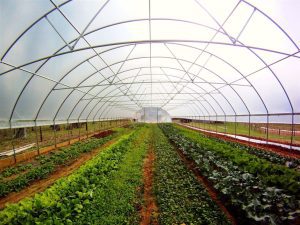
The making of our multi-farm CSA is part of our family story. Woven through our childhoods, pathways to adulthood, becoming parents, and finding our voices as local food advocates you will find the farmers who help us feed 35 families, including our own. We went through undergrad in the agriculture department at WKU with the Coleman Brothers and now Tracy Coleman and his partner Chelsea Williams are owners of Crooked Creek Farm and contribute whole chickens and pork to our weekly boxes. Those peaches and apples I remember so fondly help us add variety to our summer and fall boxes. The farming woman who was willing to reach out to me when I started my path to whole foods now provides eggs, beef and pork to our CSA. The milk that took me beyond fruits and vegetables with local farmers is a staple for our customers each week. The cheese, corn meal, granola, fresh baked bread and soups come from real people with stories just like ours who want to be about something real and meaningful.
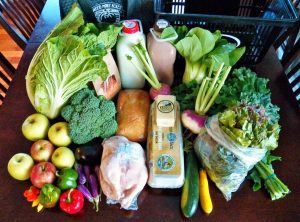
Read about our CSA from a share memebers perspective HERE.
We grow all of the fruits and vegetables provided in our CSA (outside of tree fruits) on a little over two acres. Each day is a balance of planting and harvesting as we move from one season to the next. Our business model is simple. Feed ourselves and 35 households well while creating growth in the local food system and more opportunities for consumers to support farmers. It’s hard work and can seem so big, but I’m reminded that it’s as simple as growing, preparing and eating food just like the Earls back in Metcalfe County (or as close as possible, I suppose).
